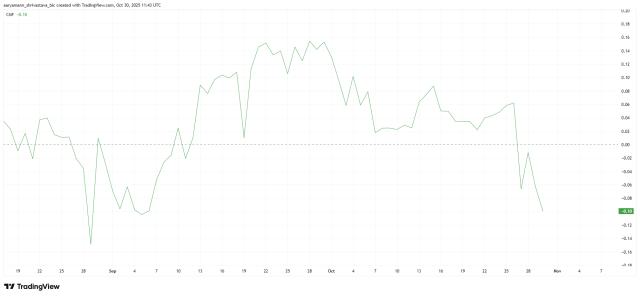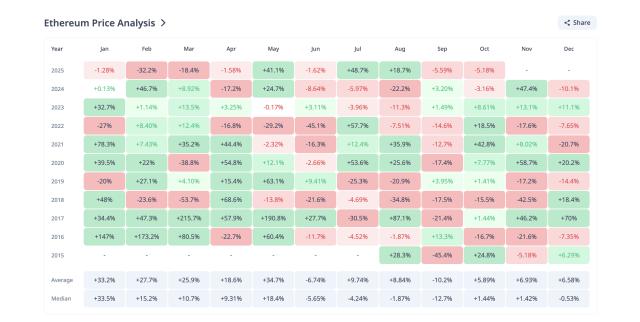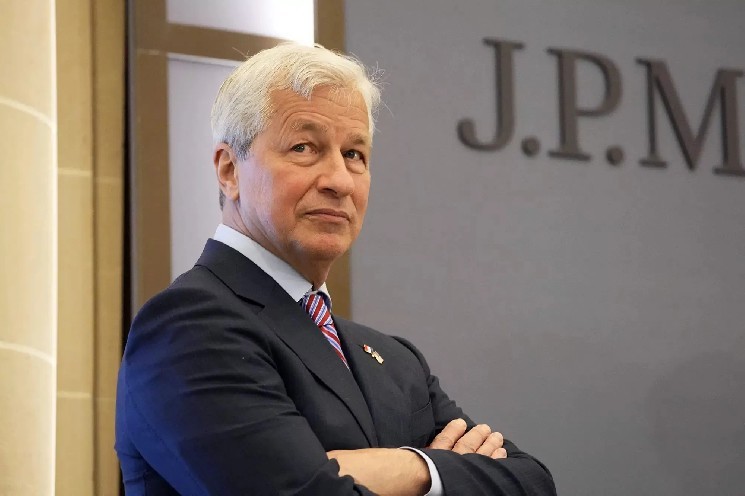The next battleground for perpetual contracts: Don’t just focus on the coins
Are readers experiencing a bit of aesthetic fatigue with perpetual swap exchanges that only offer cryptocurrencies? Open any major perpetual swap DEX, and the screen is filled with BTC, ETH, and a slew of popular Altcoin. We're like traders trapped in the same room, profiting from each other and vying for that increasingly dwindling alpha. We all know there's a much wider world out there—forex, commodities, and US stock indices. These are the primary battlefields for global capital, with trillions of dollars swirling around daily. But for on-chain players, all that seems out of reach.
So we are caught in an awkward dilemma:
Either you stay in CeFi and enjoy the smooth experience, rich categories and bottomless liquidity, but the price is to put your assets and destiny in the hands of others.
Either stick with DeFi and hold onto your private keys, but endure high fees, snail-like execution speeds, and involution in the cryptocurrency world.
Why can't this situation be broken?
Starting from the "magic" of Aave: the original intention of a product
The story of Sehaj, the founder of Avantis, is quite representative. He didn't get into DeFi because of the get-rich-quick myth of a new coin, but because a friend told him that he could deposit US dollars into an app called Aave and earn "risk-free" returns.
When he deposited USDC and watched his account balance actually grow every day, he called that feeling "magic" - a trader on the other side of the earth, through a piece of code, borrowed his money and paid him interest.
There's no such empty rhetoric as "permissionless" or "decentralized," only tangible cash flow. This kind of certainty is what finance should truly be. It was precisely to replicate this "magic" that he gave up the comforts of investing at Pantera Capital and chose to "chew glass"—to create an app that truly meets user needs and solves real problems.
After studying the RWA boom in 2023, he discovered that the biggest obstacle wasn't the quality of the assets, but rather the fact that they were simply out of reach for the average person. This led to Avantis's clear positioning: to be a universal leverage layer capable of trading all global assets.
Why is Avantis so successful? It's not just Base, it's the largest sustainable DEX.
It's easy to just shout slogans, but Avantis really has something going for it when it comes to data and products. They have a 12-person engineering-led team, backed by Pantera Capital and Founders Fund (Peter Thiel's fund), and have already achieved:
One terminal, trade everything: From a single interface, using unified margin, you can seamlessly switch between 15+ markets, including cryptocurrencies, USD/JPY, Turkish Lira, gold, crude oil, and more. This means you can perform cross-market hedging on-chain, using self-custody, a feat only traditional traders can perform.
A Completely Overturned Cost Structure: This comparison chart is quite telling. Based on a $1 million USD BTC order book in May 2025, Avantis's comprehensive fees are significantly lower than those of other mainstream DEXs.
How does it do this? Mainly thanks to two "industry-first" features:
Zero Fee Perpetual Swaps (ZFP): There are no upfront fees for opening or closing positions, and there's zero slippage. The platform only takes a commission on profitable trades. This means you only pay when you make money, significantly reducing the cost of trial and error and high-frequency trading.
Loss Protection: When you trade a specific long asset and the market majority goes against you, if the trade loses, the platform will refund a portion of the loss according to the rules. This acts as a built-in safety net, encouraging traders to think contrarian. According to official data, this feature has refunded over $500,000 in losses to users.
Real yield for LPs: The platform's AMM model provides traders with a stable counterparty, while LPs, by depositing USDC, share in the real yield generated by all trading activity on the platform. This isn't a false prosperity subsidized by token inflation, but rather organic returns derived from real trading friction.
These features combined give ordinary traders the opportunity to capture such opportunities on-chain for the first time:
When the Turkish Lira fluctuates violently, long on USD/TRY.
Catch the famous USD/JPY “carry trade closing” move in 2024.
Test your trading strategies at almost no cost.
The overlooked blue ocean: crypto stock perpetual contracts
If RWA is the vast ocean, then there is a market that is right in front of us and has reached $377 billion in size, but has been ignored by the entire DeFi world - Crypto Equities.
I'm talking about companies like MicroStrategy (MSTR), Coinbase (COIN), Robinhood (HOOD), and major publicly traded mining companies. The stock prices of these companies are highly correlated with the crypto market and are often even amplifiers of higher betas.
Let's look at a simple set of data:
Market size: There are only 14 top crypto listed companies with a total market capitalization of $377.5 billion.
Comparing Altcoin: The total market capitalization of all Altcoin, excluding BTC and ETH, is approximately $1.1 trillion. In other words, the size of these dozen companies already accounts for 34% of the total Altcoin market capitalization.
More importantly, these stocks are more likely to be favored by institutions and passive index funds because they are compliant and have distribution channels among mainstream brokerages, and their growth rate even exceeds that of many Altcoin.
But on the chain, this huge market is almost blank. You have COIN and MSTR spot, and CME futures, but you can't find a 7x24 hour, self-custodial, high-leverage perpetual contract market to trade them.
This is exactly the battlefield Avantis is targeting next. Imagine if you could use a single platform to simultaneously long on BTC and short MSTR with 10x leverage for hedging, or arbitrage the price difference between major mining stocks. How much trading volume would this unlock?
Conservative estimates suggest that crypto-stock perpetual contracts alone could generate $45 billion to $90 billion in potential trading volume each month.
Conclusion: Risks and the Way Forward
Of course, nothing is perfect. High leverage carries inherent liquidation risk, LP returns are not guaranteed, and real-world assets are subject to geopolitical and macroeconomic shocks. Before participating, please understand the rules and act within your means.
Avantis has extended its points program for a second season, aiming for a TGE in Q3, indicating the team wants to polish the product to its optimal state before launching the token. This includes integrating Flashblocks to reduce latency by 5-10x, as well as introducing more stock assets.
The reason I pay attention to Avantis is not because it is another new DEX, but because it is trying to solve a fundamental problem: breaking down the barriers between on-chain and off-chain, and between crypto and macro.
It finally gives us traders the opportunity to capture almost all trading opportunities on the planet using a unified, self-hosted account. This is perhaps what DeFi, the very thing that initially struck its founders as "magic," should look like.





